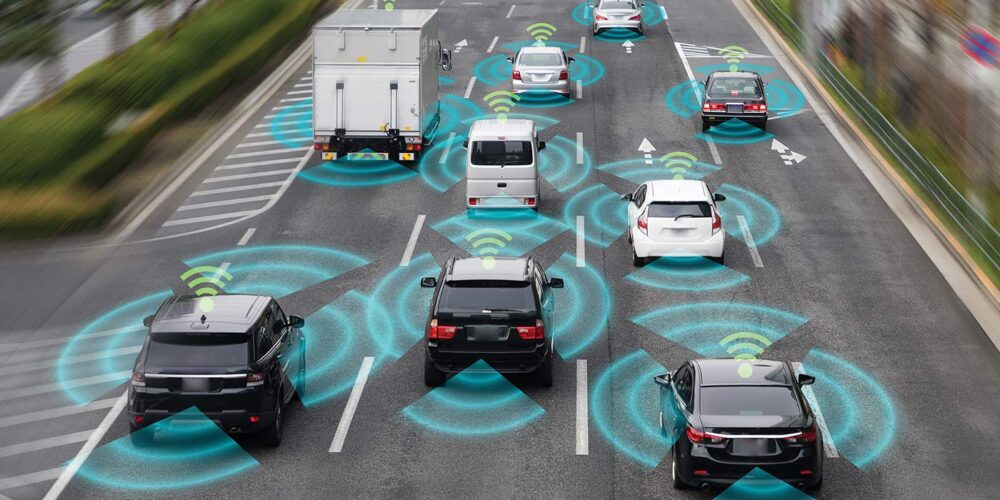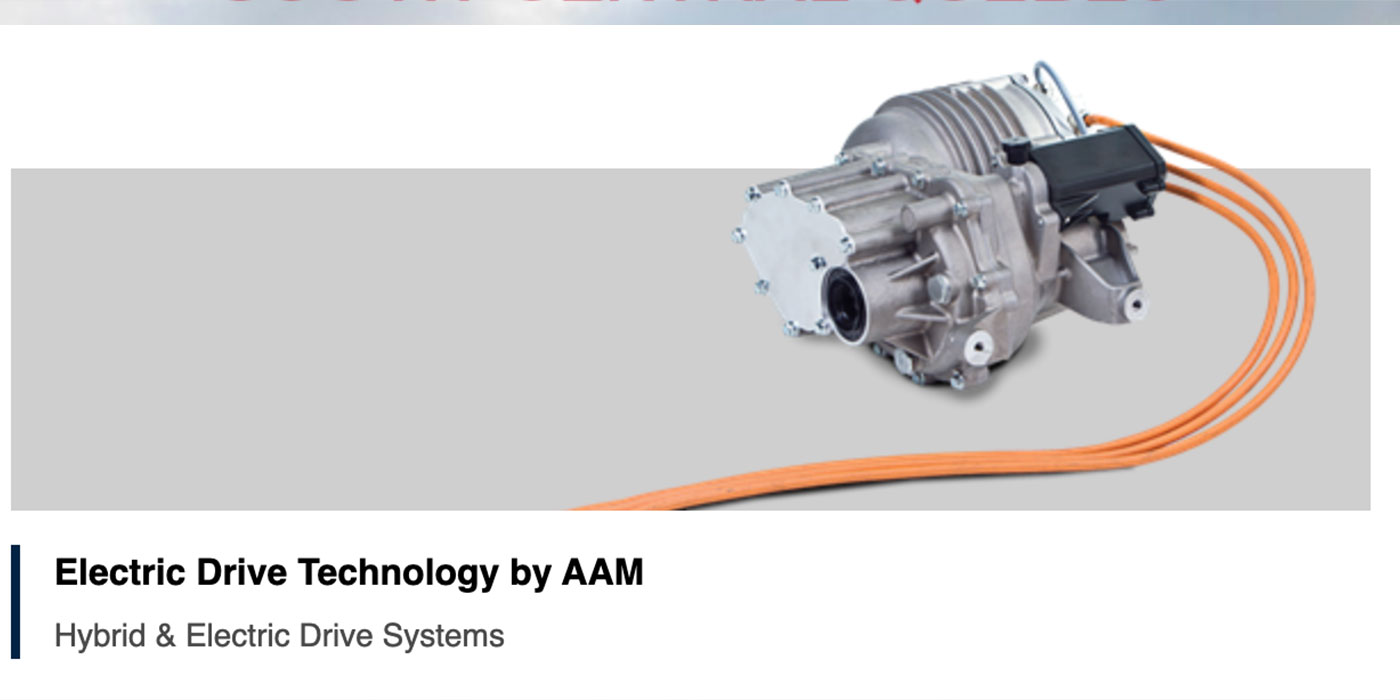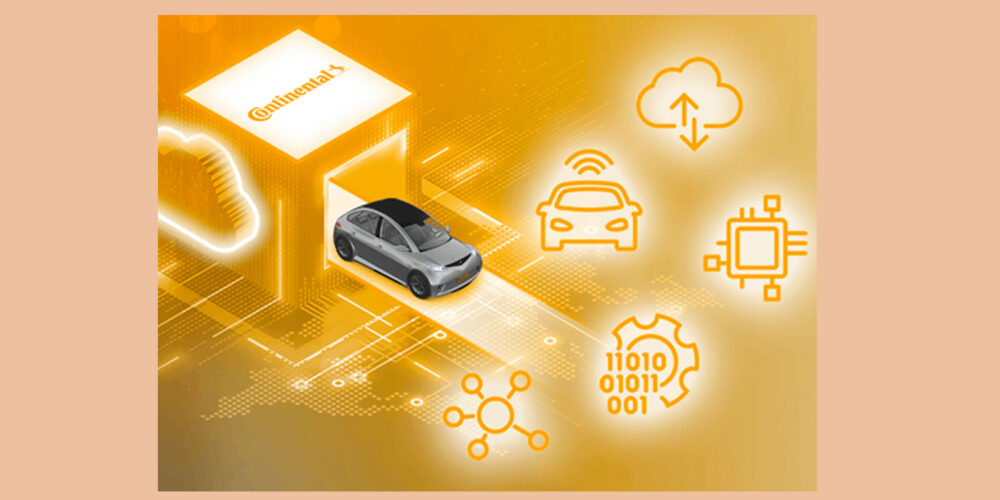A modern vehicle is a powerful computer on wheels with dozens of interconnected modules, sensors and controllers. The technology works together to deliver the cleanest, safest and most fuel-efficient form of transportation ever. Automotive engineers have long dreamed of connecting these advanced vehicles to one another (V2V) and to roadside infrastructure (V2I). When vehicles can sense and communicate with one another, accidents can be avoided, traffic flow and speed can be smoothed, emergency vehicle response times can be improved and more. With these same vehicles connected to other devices such as traffic signals, pedestrians with mobile phones and other infrastructure (V2X – vehicle to everything), safety goes up and fuel consumption goes down. A fleet of connected vehicles delivers many benefits to society and the motoring public. Early examples of Intelligent Transportation Systems (ITS) are deployed in the US and around the world. Billions of dollars have been allocated in the United States to deploy ITS on hundreds of miles of roadways and in municipal pilot sites in Tampa, Arizona, Utah and Michigan.
But some critical technical decisions remain unresolved before a full-scale roll-out of ITS and connected vehicles can occur. Will communication between vehicles and other devices on the network be via cellular technology (C-V2X) or direct radio communications (PC-5)? A second question is about the V2X architecture that ensures safety and security. The OE car companies have advanced the concept of the extended vehicle which requires communication to go from the vehicle to an OE server in the cloud. Access to the server requires registration and authentication. This obviously places the OEMs as gatekeepers to the vehicle information. This model was knocked down and ruled against by the European Court of Justice (ECJ). An alternative to the extended vehicle model is one where security and safety are built directly into the vehicle computer network. The Secure Vehicle Interface (SVI) is one example of this approach that does not involve barriers to users or applications that have a legitimate need to communicate with the vehicle.
As it relates to aftermarket service and repair, connected vehicles have the potential to dramatically transform the diagnostic and repair process. But first, there must be a critical portion of connected vehicles in the nationwide parc to communicate with each other. There are over 300 million vehicles in the US, and the average age of a vehicle is in excess of 12.5 years. With historically low scrappage rates and new vehicle sales volumes, it could take decades for 35% or more of the vehicle population to be enabled with connectivity.
In the meantime, the aftermarket is perfectly positioned to do what we have always done – adapt and accelerate the adoption of new technology. The aftermarket adapted to electronic fuel injection, anti-lock brakes and computerized engine management. Every time vehicle technology changes, the aftermarket adapts and innovates to continue servicing the needs of the motoring public. Today’s aftermarket innovators are not content to sit back and wait for the population of connected vehicles to grow naturally. Plug-in communication devices are available today that enable any vehicle with an OBDII port to communicate with a growing number of applications and devices.
An exciting and high-value application of Aftermarket V2X is in remote diagnostics and vehicle service and repair. Originally adopted by fleets such as UPS, FedEx and others to track their vehicles and proactively manage maintenance, these telematics devices are reaching an audience of light-duty vehicle owners who want to add their car or truck to their connected world. Once installed and configured, an aftermarket telematics device can locate the car in an airport parking lot, notify the user if their teenage driver strays from their geo-fence, push notifications of engine trouble codes and summon an emergency response to situations such as a collision.
For example, Mitchell1 has integrated their Manager SE shop management system with a telematics device from Voyomotive to enable a connected vehicle experience for the customers who choose to install the device. Ben Johnson, director of product management at Mitchell1, explained that the device pushes a message to the shop management system when the vehicle experiences a trouble code. Then, Mitchell1 automatically begins the diagnostic process and service parts are located, if needed. The shop can then contact the car owner with a diagnosis and an appointment for service, all before the driver realizes they have a problem. This leads to a great customer experience and contributes to a smoother workflow and scheduling of shop resources. This technology is the latest example of the aftermarket developing solutions that deliver value to consumers and differentiate aftermarket service operators from their dealer competitors.
Only one thing can stand in the way of widespread deployment of aftermarket telematics, and that is if data access through the CAN-BUS is limited or if the OBDII port is eliminated in lieu of a wireless connectivity solution with barriers by the OEMs. The aftermarket can rapidly deploy a great connected vehicle experience…if we can connect with the vehicle. Right to Repair is essential if remote vehicle diagnostics and other connected vehicle applications are going to succeed. The successful deployment of a connected vehicle fleet must be on a foundation of equitable, safe and secure communication between the vehicle and others. The Secure Vehicle Interface is the “how” of implementing the Right to Repair legislation, and the V2X network is the “what” that can take advantage of the platform and transform the experience of driving and vehicle maintenance. Once again, the aftermarket can adapt and accelerate the adoption of new technology – if left free to do so.













